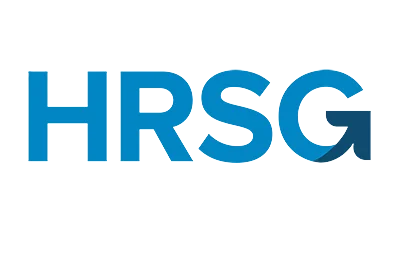For every work mode there is a perfectly made policy which differs it from other work behaviours and these policies are applied strictly to ensure the best outcome generated.
Remote Work And Covid-19 Contribution to it:
Remote work is a modern era term which is used for commonly known as “working from home”. As it has spread quick and wide after Covid-19 which has led almost all of the big companies towards this mode of work. Remote working was not as common as it is now before the corona times so we can safely say that Covid has this positive contribution which introduced us to remote work strategy.
Key Components & Requirements:
1. Clear Communication:
If we discuss key components of working from home the first one that comes to mind is effective communication which requires clear modes of communication as it becomes crucial in home based work. For this, companies are using tools like zoom meeting, microsoft, skype and other chatting and video conferencing applications for smooth work progress.
2. Reliable Technology Structure:
When a company hires an employee for remote work they make sure that the employee has a stable internet connection and has all other required hardware devices like pc,laptops,tablets etc. This includes the software applications also which are required to perform the task.
3. Flexible Work Hours:
The top benefit of virtual work is flexible timings. Most of the time employees can choose the suitable work schedules themselves for their ease. Along with that , remote employees are required to manage their time and set up at a place where they can not be distracted at home.
4. Positive Environment:
The companies that are working remotely it does not mean they leave their employees on their own. Remote work policy includes maintaining a healthy environment and positive culture for their employees and boosting their courage.
5. Trust and Accountability:
Telecommuting policy also includes a proper accountability check and it is more needed in this kind of work mode because the employee is working virtually so they must build a trustworthy personality and be accountable to their employer.
Virtual Work Best Practices:
For Employees:
- Maintaining a healthy work-life balance.
- Be responsive on time to build trust and avoid delays.
- On time check-ins and check-outs.
- Have clear communication among employees.
- Perform assigned tasks on time.
- Have a separate work space for remote work.
For Employers:
- Providing the regular on time feedback to the team members.
- Clearly define roles and expectations.
- Setup video conferencing often to have a strong bond.
- Allow team members to work on flexible hours.
- Give regular breaks to the employees.
- Create clear and concise remote work guidelines.
- Celebrate achievements and give credits to the deserved ones.
- Providing training and support to the employees is required in remote work which comes under the virtual work best practices.
Creating a Beneficial Remote Work Strategy:
The telecommuting policy must include some important assets to ensure the completeness of the framework created for the virtual work environment.
- Make sure to decide beforehand about the working hours with employees.
- Ensure secure technology access so that the company privacy does not compromise.
- Offer wellbeing resources to the employees.
- Measure KPIs regularly.
- Be considerate towards evolution and adaptation.








